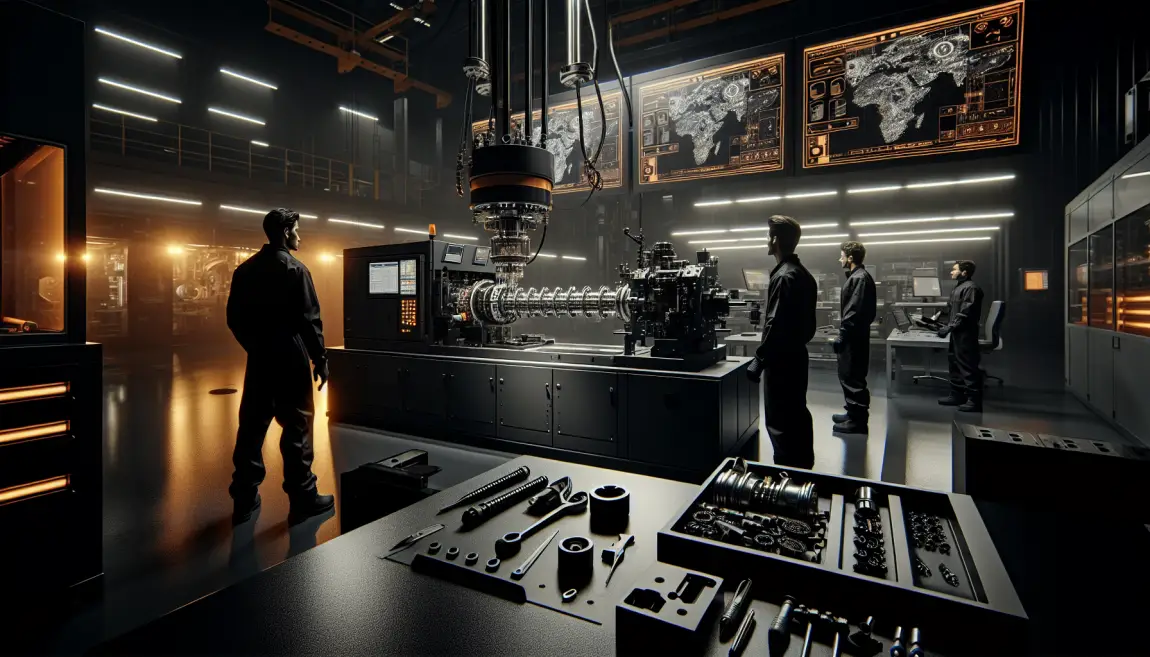The twin-screw extruder stands as a pinnacle of flexibility in the polymer processing domain, especially pertinent to aerospace applications where precision and customizability are paramount. Unlike traditional single-screw extrusion or injection molding where screw and barrel configurations are static, the twin-screw extruder allows for dynamic adjustments, which are critical for optimizing fabrication processes and enhancing material properties in aerospace components.
Segmented barrels and configurable screw elements of the twin-screw extruder enable a tailored arrangement of unit operations, crucial for achieving the desired material characteristics. Engineers can manipulate the setup to facilitate various stages of processing such as solids conveying, melting, and the customizable integration of additives, which are critical for components requiring specific performance criteria in aerospace environments.
In this context, barrel configuration emerges as a significant variable in process optimization. Manufacturers typically offer barrels composed of segments that can be independently heated or cooled, providing precise temperature control across the extrusion process. Such configurability allows for adaptative layouts based on specific material properties required in aerospace applications like thermal resistance or material strength.
Operational flexibility is further manifested in the open barrel sections which permit the incorporation of additives at various stages or the evacuation of volatiles, enhancing the purity and performance of the aerospace materials processed. For instance, placing a venting section strategically before the die can prevent the introduction of gases into the final product, a quality critical in aerospace applications where material integrity is non-negotiable.
The twin-screw extruder thus serves not only as a manufacturing equipment but as an engineering tool that can adapt to complex and changing aerospace material requirements, providing a platform for continual process and product improvements. Detailed exploration of each unit operation within twin-screw configurations will aid in harnessing full potential, aligning technical operations with the stringent demands of aerospace material production.
About the Author: Kenneth W. Russell brings over three decades of experience in polymer processing, concentrating on sectors like aerospace where engineering precision is crucial. His expertise spans across the spectrum from polymer compounding to reactive extrusion, carving a niche in optimizing processes to meet the rigorous standards of aerospace applications.



Leave a Reply